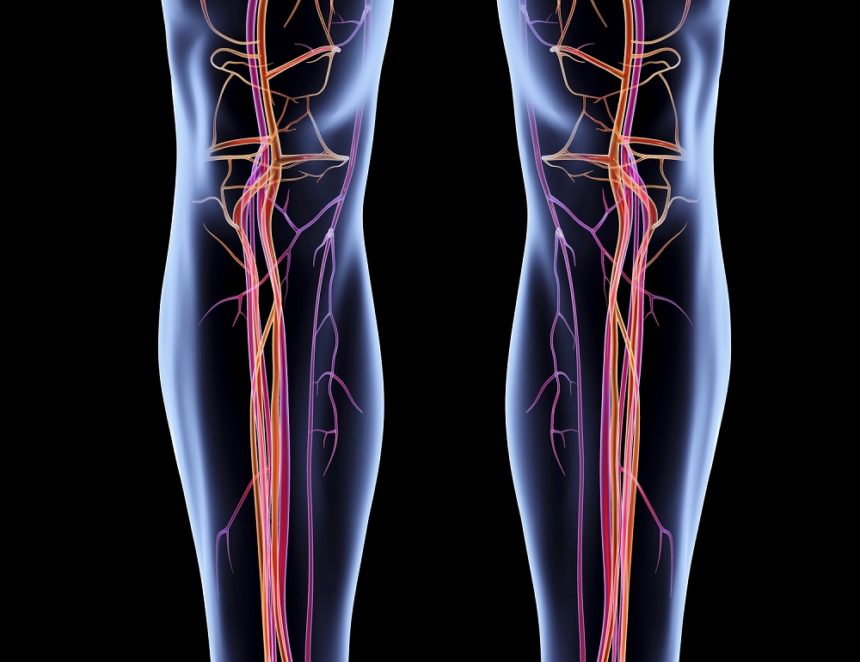WHAT IS PERIPHERAL ARTERY DISEASE (PAD)?

Peripheral Arterial Disease (PAD) is a circulatory condition that affects the blood flow to the limbs, particularly the legs. It is caused by atherosclerosis, or plaque buildup, that reduces the flow of blood in peripheral arteries. It is often characterized by weak or missing pulses in the affected areas. PAD is diagnosed through various tests, including blood tests, Ankle-brachial index (ABI), ultrasound, and angiography. These tests help in identifying conditions related to PAD such as high cholesterol, high triglycerides, and diabetes.



How do you treat PAD?

Lifestyle Changes
Quit Smoking: The single most important step to reduce the risk of complications.
Regular Exercise: Supervised exercise training can dramatically improve symptoms.
Healthy Diet: A diet low in saturated fat can help control blood pressure and cholesterol levels.

Surgical Procedures
Angioplasty and Stent Placement: To open clogged arteries.
Bypass Surgery: Creates a path around the blocked artery.
Talk with Dr. Martinez Today: His expertise will set you on the right path to healing.
Espada Vascular PAD Risk Assessment Quiz

